ARTICLE. Roca Carbonell F, Martin Hernandez Ocampo E, Aragonès Pascual JM, Soler E, Clapera F, Espaulella Panicot J. Rev Esp Ger Geron 2014;49(2):69-71.
Abstract.
Introduction
The aim of this study is to determine clinical features and interventions in patients attended in our hospital falls prevention unit.
Material and methods
Medical records and evaluation protocols from October 2010 to June 2012 were reviewed. Results are expressed in means and standard deviation.
Results
We studied 68 patients: 53 came due to falls (77.9%), and 15 (22%) due to gait disorders. The mean age was 77.6±7.9. Number of women: 63 (92.6%). Previous Barthel Index was 94/100, cognitive impairment 23 (33.8%), polypharmacy 69.1%, orthostatic hypotension 18 (26.4%). Walking speed 0.66± 0.19 m/s and Time up and go to (TUG) 16.6±4.5 s. Post-urography detected vestibular dysfunction in 34 patients (77%). Clinical cause of fall and/or gait disorder was multifactorial in 33 (48.5%), Parkinsonism 19 (27.9%), chronic pain/arthropathy 8 (11.4%), and vestibular syndrome 8 (11.4%). Two-thirds (45; 66.1%) of the patients began Physical therapy, and vitamin D was given to 47 (69.1%). Phone calls were made to patients and/or their relatives and noted that after 3 months of the treatment: 48 (70.5%) had no fall; 59 (86.7%) patients followed the recommendations, and 57 (83.8%) were satisfied.
Conclusions
In this sample of older patients, mostly female with a good functional and cognitive condition, the causes of the falls were multifactorial in the half of the cases, and the post-urography detected vestibular changes in the half of the patients.









Leave A Comment